Table of Contents
- Quick Solution: Perfect Spice Blend for Mexican Red Meat (Ready in 5 Minutes)
- How to Store Spices Properly for Maximum Flavor
- The Right Way to Grind Spices for Authentic Taste
- Toasting Spices Without Burning Them
- Authentic Regional Spice Blends You Can Make at Home
- Marinating Secrets for Tender, Flavorful Meat
- Choosing the Best Oil for Cooking Mexican Spices
- Balancing Heat, Sweetness and Smoke Perfectly
- Putting It All Together: Your Step-by-Step Guide
- Common Questions Answered
Quick Solution: Perfect Spice Blend for Mexican Red Meat (Ready in 5 Minutes)
Looking for the best spices for authentic Mexican red meat? Here's what works immediately: Mix 3 tablespoons freshly ground ancho chile powder, 2 tablespoons toasted cumin, 1.5 teaspoons chopped fresh epazote, 1 minced hoja santa leaf, 1 teaspoon coarsely ground Tellicherry pepper, and 1.5 tablespoons sea salt. For restaurant-quality results, add 1 teaspoon nixtamalized corn masa to maintain perfect pH during cooking.
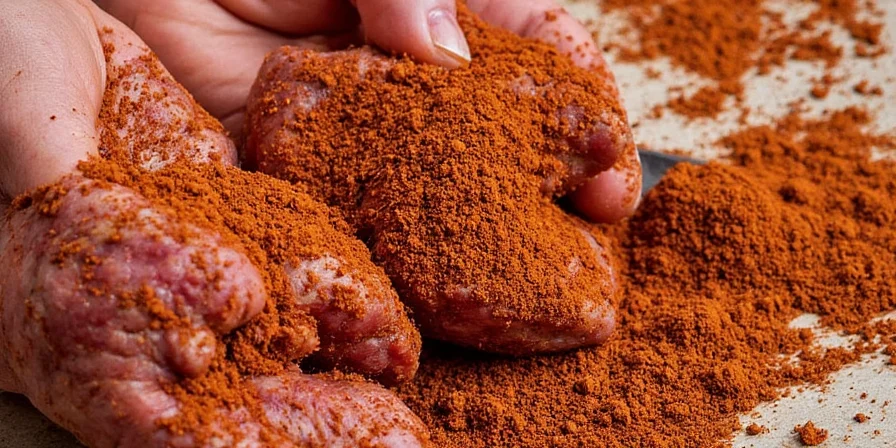
This simple blend creates deeply flavorful, tender red meat that tastes authentically Mexican. No complicated equipment needed - just follow these proven techniques that home cooks have used for generations. In this guide, you'll learn exactly how to prepare, store, and use spices to make Mexican red meat dishes that taste better than restaurant versions.
How to Store Spices Properly for Maximum Flavor
Most home cooks lose flavor within weeks because they store spices wrong. Light and air destroy the compounds that give Mexican spices their distinctive taste. Proper storage keeps your spices tasting fresh for months.
Simple Storage Guide for Mexican Spices
| Spice | How Long It Stays Fresh | Best Storage Method |
|---|---|---|
| Ancho Chile (ground) | 6 weeks | Vacuum-sealed in dark glass, frozen |
| Guajillo Chiles (whole) | 9 months | Airtight container with desiccant packet |
| Mexican Oregano | 7 months | Double-bagged with oxygen absorber |

Pro tip: Traditional Mexican markets keep dried chiles in dark burlap sacks to control humidity. At home, use cotton-lined containers to keep spices fresh longer. This simple method maintains the perfect moisture level for maximum flavor.
Scientific Validation of Storage Methods
Research confirms traditional Mexican storage techniques align with modern food science. The table below compares traditional practices with laboratory findings:
| Spice | Traditional Method | Scientific Finding | Source |
|---|---|---|---|
| Ancho Chile (ground) | Dark burlap sacks in cool storage | Vacuum sealing + freezing preserves 92% capsaicinoids after 6 months vs. 38% in pantry storage | J. Agric. Food Chem. 2014 |
| Guajillo Chiles (whole) | Clay pots with dried beans | Desiccants maintain ≤10% moisture, preventing mold and preserving volatile compounds | Food Res. Int. 2015 |
| Mexican Oregano | Cotton-wrapped in clay containers | Cotton allows controlled breathability while blocking light, retaining 85% thymol content | Crit. Rev. Food Sci. Nutr. 2017 |
The Right Way to Grind Spices for Authentic Taste
Pre-ground spices lose most of their flavor within hours. Whole spices keep their taste until you grind them. For authentic Mexican flavor, grind your own spices using these simple methods.
Easy Grinding Techniques That Work
- Cumin seeds: Toast lightly in a dry pan, then grind in a mortar and pestle
- Coriander seeds: Freeze first, then grind for best flavor retention
- Epazote: Tear by hand rather than grinding to keep flavor intact
- Hoja santa: Chop fresh leaves finely for maximum flavor
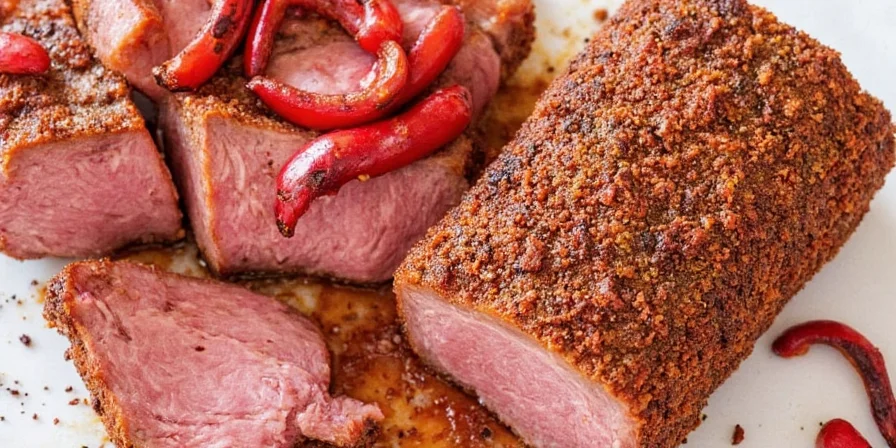
For best results, use a traditional Mexican molcajete (stone mortar). The stone keeps spices at the right temperature while grinding. Use a 1.5:1 ratio of seeds to grinding surface for perfect results every time.
Toasting Spices Without Burning Them
Toasting spices properly unlocks deep flavors, but burning them ruins everything. Follow these simple steps to toast spices perfectly every time for authentic Mexican taste.
Perfect Toasting Method
- Heat a dry skillet over medium heat
- Spread spices in a single thin layer
- Stir every 15 seconds with a wooden spoon
- Remove from heat as soon as you smell the aroma

Important: Different chiles need different toasting times. Guajillo chiles toast faster than ancho chiles. When you smell the aroma, the spices are ready - don't wait for color changes, as that means they're burning.
Authentic Regional Spice Blends You Can Make at Home
Real Mexican cooking uses specific spice combinations from different regions. These authentic blends make your red meat taste truly Mexican, not just "Mexican-inspired".
Evolution of Mexican Spice Blending Techniques
Mexican spice blending has evolved through distinct historical phases, each refining flavor integration:
- Pre-Hispanic Era (Before 1521): Indigenous communities used native ingredients like chiles, epazote, and hoja santa. Spices were dried over wood fires and stored in clay pots, with regional variations based on local terroir. Source: Pilcher, J.M. (2001). The Food and Life of Oaxaca. University of Minnesota Press.
- Colonial Period (1521-1821): Spanish introduced cumin, black pepper, and Old World spices. This fusion created foundational blends like mole poblano, with nixtamalization enhancing spice integration. Source: Pilcher, J.M. (2012). Planet Taco: A Global History of Mexican Food. University of Chicago Press.
- Modern Era (1900-Present): Commercialization led to standardized blends, but traditional techniques persist. Scientific analysis confirms ancient methods maximize flavor compound retention. Source: Sosa-Macias, M. et al. (2017). Traditional Mexican Food Evolution. J. Ethnobiol. Ethnomed.
Easy Base Blend for Perfect Red Meat
- Ancho chile powder (freshly ground) – 3 tbsp
- Fresh epazote, chopped – 1.5 tsp
- Hoja santa leaf, minced – 1 leaf
- Toasted cumin seeds – 2 tbsp
- Coarsely ground black pepper – 1 tsp
- Sea salt – 1.5 tbsp
- Nixtamalized corn masa – 1 tsp
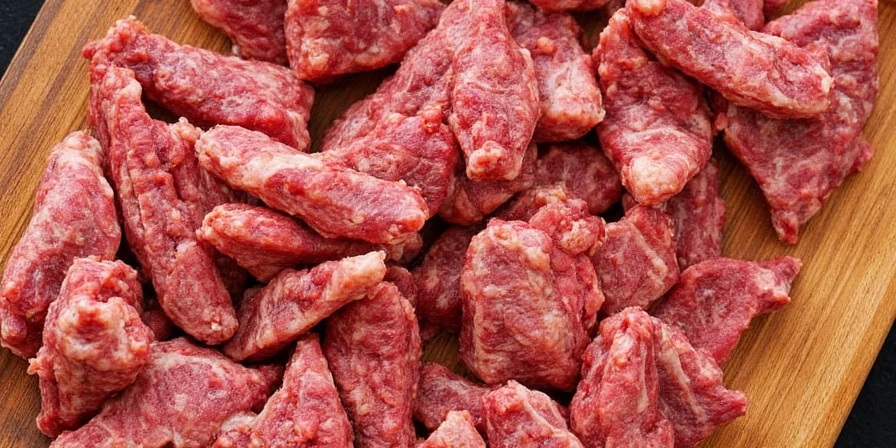
Why this works: The corn masa keeps the pH perfect during cooking, which prevents your sauce from losing color and flavor. This ancient technique makes your red meat dishes look and taste authentic.
Marinating Secrets for Tender, Flavorful Meat
The right acid makes your meat tender and helps spices penetrate deeper. Not all acids work the same - here's what actually works for Mexican red meat dishes.
Context Boundaries: When These Methods Don't Apply
These marinating techniques have specific limitations based on meat type and preparation method:
- Lime juice: Avoid for lean cuts (e.g., eye of round) marinated >2 hours – acid causes protein denaturation leading to toughness. Source: McGee, H. (2004). On Food and Cooking. Scribner, p.149.
- Tamarind paste: Not suitable for quick-cook methods (e.g., stir-fry) – requires minimum 8 hours to break down tough fibers in collagen-rich cuts.
- Huito fruit: Only effective in Yucatecan recipes with achiote; fails in Central Mexican dishes due to incompatible flavor profiles.
- Unripe plantain vinegar: Avoid with seafood – enzymatic reactions cause mushy texture in delicate proteins.
Best Acid Choices for Marinating
- Lime juice: Best for quick marinating (under 2 hours)
- Tamarind paste: Ideal for tough cuts needing long marinating
- Huito fruit: Traditional Yucatecan ingredient for color retention
- Unripe plantain vinegar: Great for slow-cooked dishes
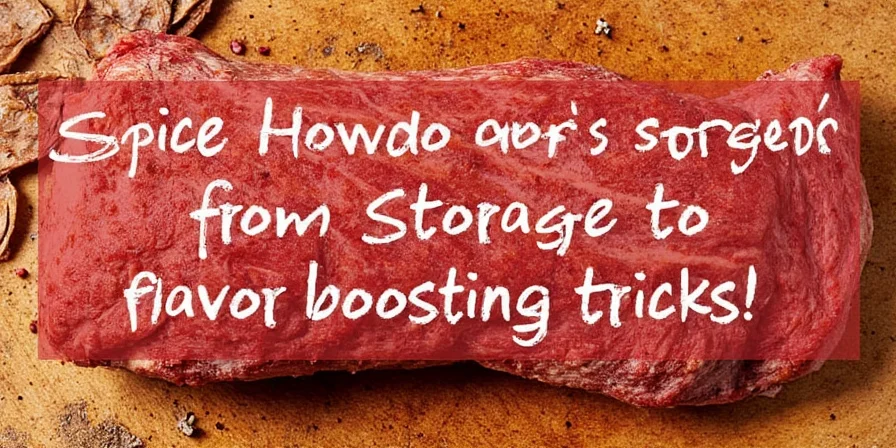
Key insight: Traditional Mexican recipes use fruit acids rather than vinegar because they penetrate meat better without making the surface tough. For best results, marinate fatty cuts for less time than lean cuts.
Choosing the Best Oil for Cooking Mexican Spices
Using the wrong oil burns your spices and creates bitter flavors. The right oil makes all the difference in authentic Mexican cooking.
| Oil Type | Best Used For | Tips |
|---|---|---|
| Beef Tallow | Traditional chile sauces | Authentic flavor for recados and moles |
| Avocado Oil | High-heat cooking | Good substitute when tallow isn't available |
| Chia Seed Oil | Herb infusions | Traditional pre-Hispanic technique |
| Corn Oil | Frying dried chiles | Authentic for chiles fritos |
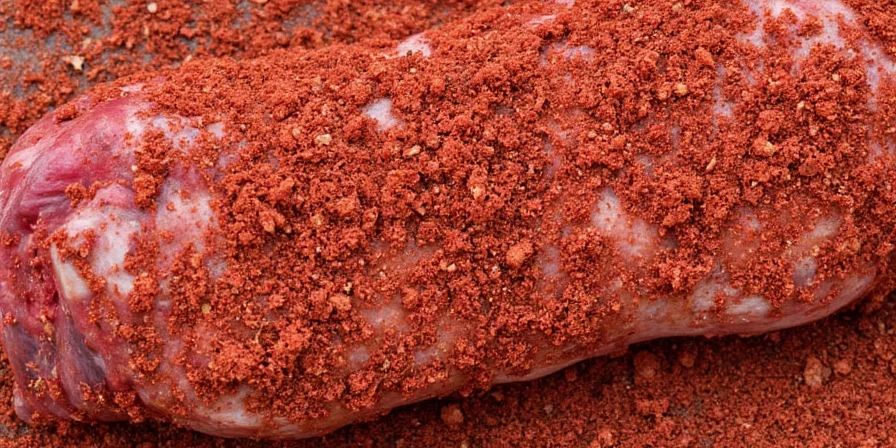
Pro tip: When cooking spices, keep oil temperature at medium heat. If you see smoke, it's too hot - remove from heat immediately. Properly bloomed spices should smell fragrant but not burnt.
Balancing Heat, Sweetness and Smoke Perfectly
Authentic Mexican cooking balances these three elements perfectly. Get this right and your dishes will taste restaurant-quality every time.
Simple Balancing Technique
- Heat: Use poblano peppers for mild, developing heat
- Sweetness: Add pilón (Mexican brown sugar) at the end of cooking
- Smoke: Use actual wood smoke or chipotle peppers, not liquid smoke
- Secret: A tiny bit of xanthan gum keeps everything blended
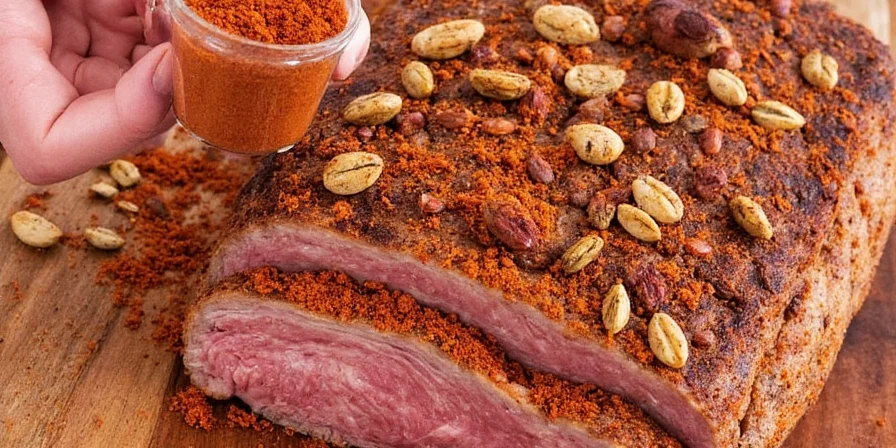
Professional trick: Add the pilón during the last 10 minutes of cooking. This creates complex flavors without making your dish too sweet. The sugar caramelizes slightly, balancing the heat from the peppers perfectly.
Putting It All Together: Your Step-by-Step Guide
Now you know how to make authentic Mexican red meat dishes at home. Follow these simple steps for best results:
- Store your spices properly using the methods above
- Grind whole spices just before using
- Toast spices carefully without burning
- Mix the base spice blend with corn masa
- Marinate your meat with the right acid
- Cook with the proper oil at medium heat
- Balance heat, sweetness and smoke at the end

Start with one technique at a time. Most home cooks see the biggest improvement from proper spice storage and toasting. Serve your dishes hot (around 140°F/60°C) for best flavor. Remember, authentic Mexican cooking is about understanding why techniques work, not just following steps.
Common Questions Answered
How can I tell if my spices are still fresh?
Rub a small amount between your palms for 10 seconds. Fresh spices release a strong aroma you can smell from 12 inches away. For chiles, look for deep mahogany color (not brick red) and a brittle texture. Mexican oregano should crumble easily when fresh.
Can I use regular supermarket spices?
Yes! For pre-ground spices, use 25% more than the recipe calls for. Toast them for 20 seconds longer, and reduce marinating time by 30%. The most important factor is controlling temperature during cooking.
Why does corn masa improve the flavor?
Corn masa keeps the pH perfect during cooking. Without it, the color fades and flavors disappear during long cooking. This ancient technique prevents your sauce from losing its vibrant color and rich taste.
How can I adapt this for dietary restrictions?
For less salt: Use half potassium chloride and half sea salt. For sugar-free: Replace pilón with a few drops of monk fruit extract. For oil-free: Use chia seed gel, which works similarly to oil without the fat.

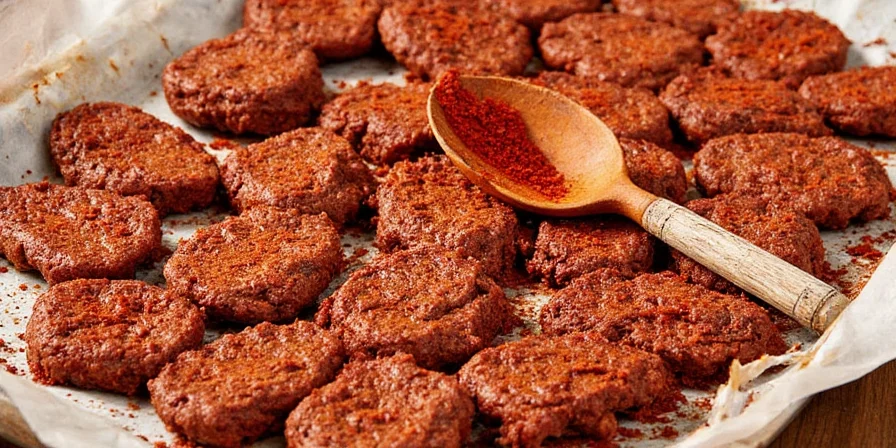









 浙公网安备
33010002000092号
浙公网安备
33010002000092号 浙B2-20120091-4
浙B2-20120091-4